Random Photo Memory: The Elephant Conservation Center, Laos
 Given that I’m not likely to peck a full stand-alone post* about my day at the Elephant Conservation Center in Sayaboury, Laos last February (leastwise not in this century), the very least I can do is whittle a little collage of pics and post one of my favorite images of my visit there as a “Random Photo Memory”.
Given that I’m not likely to peck a full stand-alone post* about my day at the Elephant Conservation Center in Sayaboury, Laos last February (leastwise not in this century), the very least I can do is whittle a little collage of pics and post one of my favorite images of my visit there as a “Random Photo Memory”.
The three day Laos Elephant Festival was wonderful, chock full of dolled-up pachyderms with festive tassels and colorful ankle bracelets. But it was my full day at the Elephant Conservation Center that truly opened my eyes to the challenge faced by elephant conservationists in Laos.
Situated on the banks of the Nam Tien Lake just 8 km from the center of Sayaboury the final leg of my journey required a longboat trip across an idyllic glade to the 100 hectares center. And though the ECC now offers accommodations in a handful of stilt bamboo bungalows, as well as a dormatory for 2 – 6 day stays, make no mistake – the Elephant Conservation Center is NOT a tourist elephant camp. The organization provides care to elephants, training to mahouts, environmental education to the public, runs Laos’ national elephant registration database, operates the only elephant breeding program in the country, and supports mahouts in the transition from logging to other income generating activities.
Indeed, the ECC is doing an incredible job against seriously daunting odds.
A Few (sobering) Elephant Facts:
Laos has long been known as “The Land of a Million Elephants”. Today however, only about 500 wild and 400 domesticated elephants remain in all of the country.
Even more challenging – in recent years, 11 elephants die annually in Laos, while only 2 elephants are born. That statistic alone makes it clear: the sacred national emblem of Laos – the Asian elephant – is under serious threat of swift extinction.
Furthermore the gestation period for an elephant is nearly 2 full years (680 days), and the mother can’t work in logging after the 1st year. Then there’s the matter of the mother weaning her new offspring – after all, you can’t have a wee pachyderm scampering after its mum for an afternoon snack amid the dangers and chaos of a logging camp. In short, there is little incentive for domestic elephant owners to breed their females.
But that’s where the Elephant Conservation Center can help. The ECC has devised a most innovative elephant breeding program whereby they pay mahouts with pregnant elephants to bring the mother to their 100 hectare site where they can live and farm til the mother gives birth and the new baby is weaned.
In short, I was most happy to support the ECC by coughing up $60 for my one day visit which included a tour of the elephant hospital (think about it, just how DO you get a 10 THOUSAND POUND elephant to sit still for a sonogram?), a hike to the nursery (set far away from the main center so as to avoid too much contact with humans), a visit to the museum, lunch and… the thrill of mounting a 10 ft. high elephant (with a little boost from his trunk) and riding it down to the lake BAREBACK!
And I urge anyone toddlin’ through northern Laos to likewise support this amazing project.
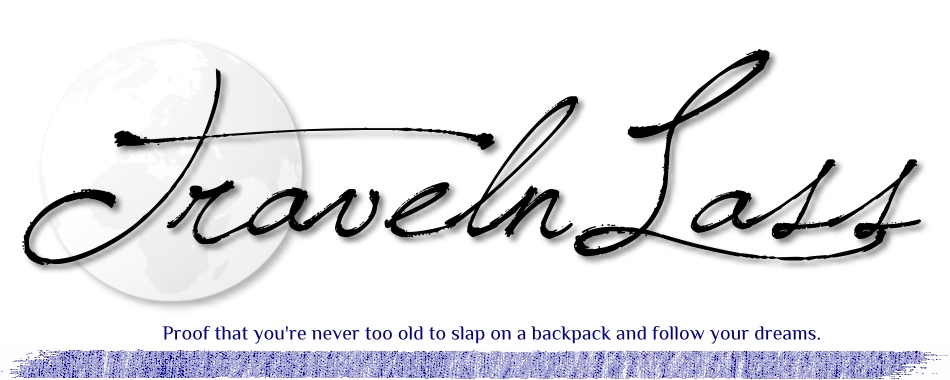
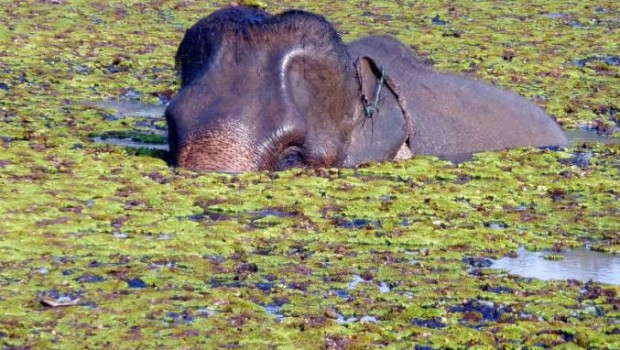
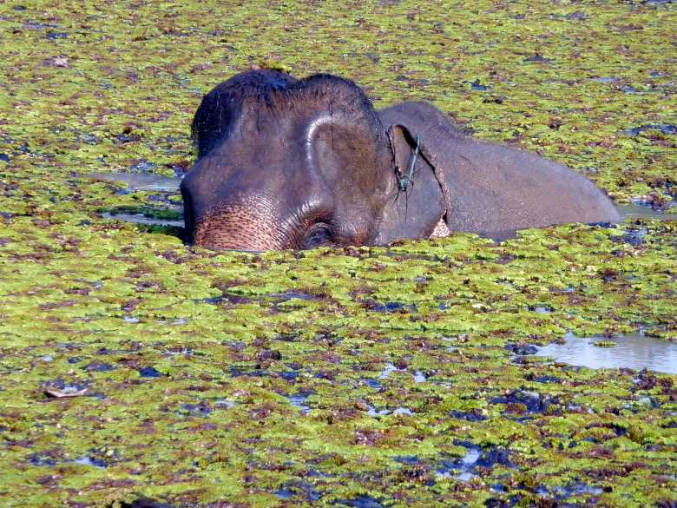
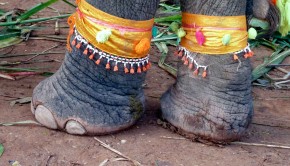
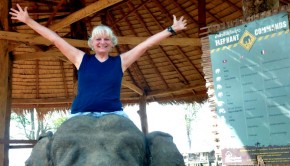
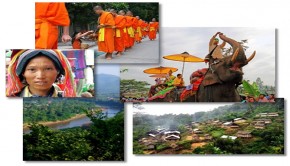
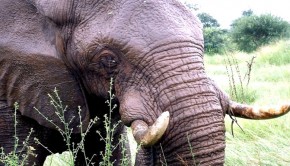
 Off-the-beaten-path travel is my passion, and I’ve always lived life “like a kid in a candy store” – eager to sample as many flavors as I can. Indeed, my life motto has long been:
Off-the-beaten-path travel is my passion, and I’ve always lived life “like a kid in a candy store” – eager to sample as many flavors as I can. Indeed, my life motto has long been:










This kind of elephant riding I can get behind…unlike those ridiculous elephant treks they run in Thailand.
Seriously. Can you spell C-I-R-C-U-S? ;(
Sobering facts indeed. It’s wonderful that organizations like this exist. Hopefully they can make a long term impact in the elephant population.
Indeed Heather, and here in Vietnam the stats are even more grim (<100 in all of Vietnam) ;(
On one hand, I don’t presume to judge the decline of a species here in Asia (after all, we pretty much decimated the American buffalo, yes?)
But I applaud what conservation organizations like the EEC are trying to do in Laos, and support their efforts with my tourist dollars (as opposed to the many other circus-like “Elephant Camps” that abound here in Asia).